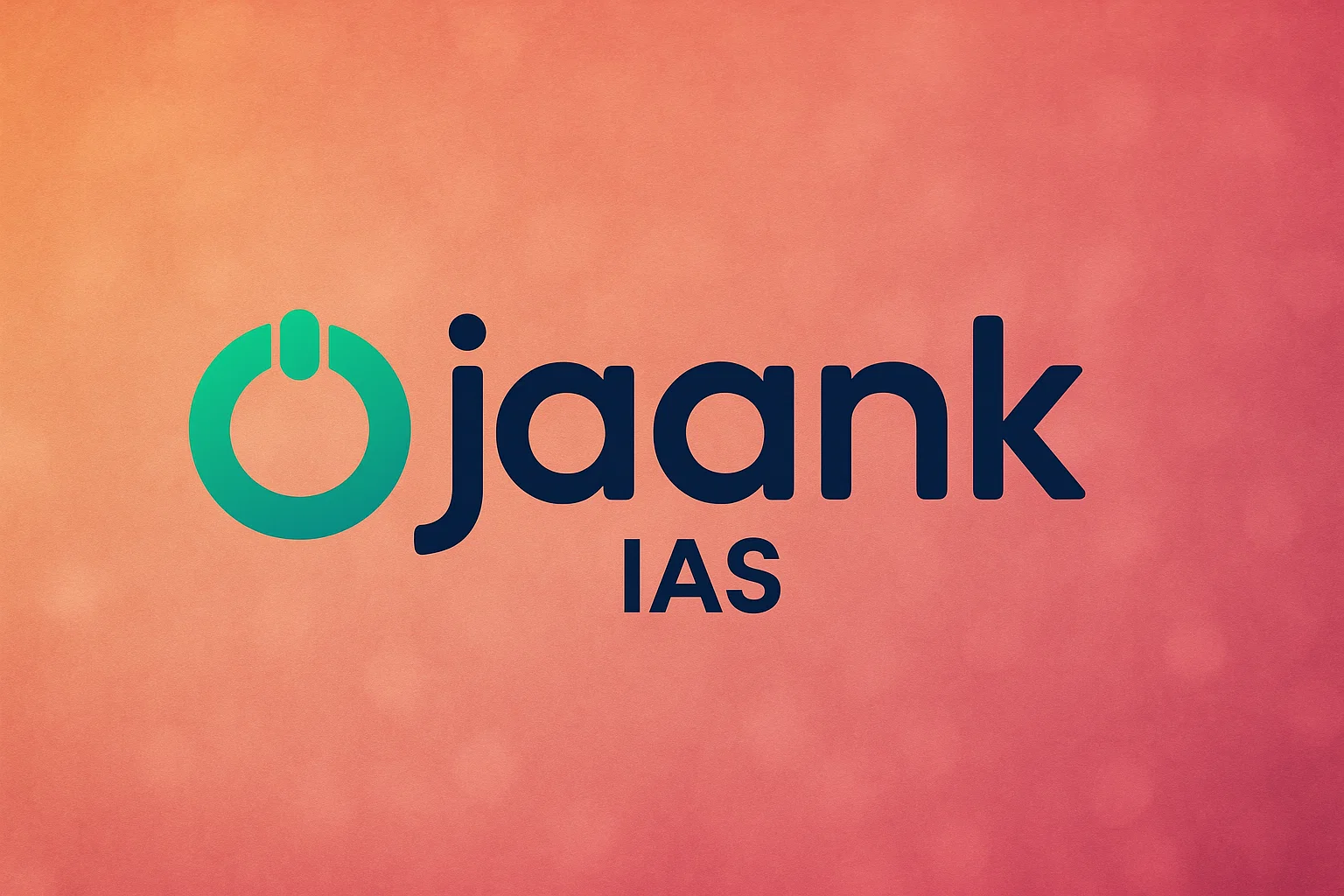Cyclone Michaung Live Tracker: Chennai is on alert as Cyclone Michaung makes landfall soon

Comprehensive Coverage of Cyclone Michaung: Impact, Response, and Future Preparedness :
Overview of Cyclone Michaung’s Devastation
Intense Meteorological Phenomenon
Cyclone Michaung, a severe meteorological event, struck with unparalleled ferocity, impacting the lives and livelihoods across the southern regions of India, particularly in Tamil Nadu and Andhra Pradesh. Characterized by sustained winds of 90-100 kmph and gusts reaching up to 110 kmph, the cyclone unleashed a trail of destruction, underlining the urgent need for effective disaster management strategies.
Widespread Impact in Chennai and Andhra Pradesh
Chennai, a bustling metropolis, bore the brunt of Michaung's wrath. Torrential rains resulted in unprecedented urban flooding, disrupting daily life and causing significant property damage. The cyclone's effect was not limited to Chennai alone; Andhra Pradesh witnessed severe impacts, particularly in the districts of Nellore, Prakasam, and Bapatla. Evacuations, power outages, and infrastructural damage were widespread, highlighting the need for robust cyclone preparedness and response mechanisms.
Governmental Response and Relief Efforts
Immediate Actions by State Governments
In the face of this calamity, the Tamil Nadu and Andhra Pradesh governments launched extensive rescue and relief operations. Special officers were appointed in cyclone-hit districts to oversee and coordinate efforts. The emphasis was on rapid mobilization of resources to ensure the safety and well-being of affected communities.
Central Government's Role and Aid
The Central Government played a pivotal role in supporting state efforts, providing necessary aid and assistance. Relief measures included the deployment of National Disaster Response Force (NDRF) teams and financial support to accelerate recovery.
Public and Community Engagement
Citizen and Political Involvement
The calamity saw an outpouring of support from citizens and political figures alike. Local communities rallied together, showcasing remarkable solidarity in the face of adversity. Political leaders across party lines called for unity and concerted action to mitigate the cyclone's effects and aid those affected.
Role of Media and Social Platforms
The media played a crucial role in disseminating real-time information, aiding in awareness and evacuation efforts. Social media platforms emerged as key tools for communication and coordination among communities, government bodies, and relief organizations.
Analyzing the Aftermath and Learning for the Future
Infrastructural and Environmental Concerns
The aftermath of Cyclone Michaung raised critical questions about urban planning, infrastructure resilience, and environmental sustainability. The frequency of such extreme weather events underscores the urgent need to integrate climate resilience into developmental planning.
Enhancing Disaster Preparedness
There is a clear imperative to strengthen disaster preparedness and response mechanisms. This includes upgrading early warning systems, enhancing community awareness, and building robust infrastructure capable of withstanding severe weather events.
Charting the Path Ahead: A Collaborative Approach
Engaging Stakeholders for Comprehensive Solutions
A multi-stakeholder approach involving government, civil society, experts, and local communities is essential to devise effective strategies for disaster risk reduction and management.
Sustainable Development Goals (SDGs) and Disaster Mitigation
Aligning disaster management strategies with Sustainable Development Goals can ensure holistic and sustainable solutions to mitigate the impacts of such calamities.
Conclusion: Resilience and Renewal
Cyclone Michaung, while a stark reminder of nature's fury, also highlighted the resilience of affected communities and the effectiveness of collective action. Moving forward, a renewed focus on sustainable development, enhanced preparedness, and resilient infrastructure will be crucial in safeguarding against future climatic adversities.